U
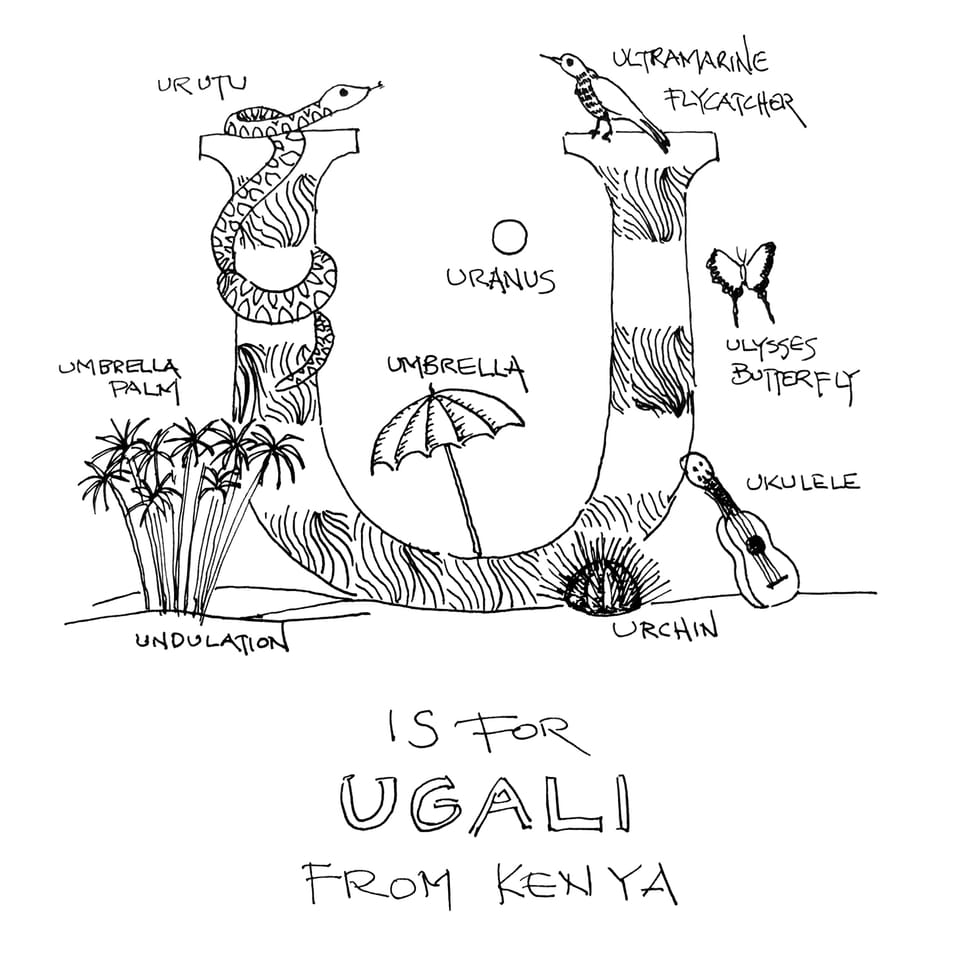
U is for Ugali!
It's a lot like the Italian Polenta, only it's made with the white corn - or maize - that grows in East Africa. Less sweet and more mealy, it's one of many versions of corn varieties worldwide. Farinaceous, might be a truer description, though that's a fantabulous sounding word, which also feels, I dunno – a bit farinaceous? It's probably just me.
Maize has a long, long history and some peculiar origin mythologies. All maize came from a single source in southern Mexico about 9,000 years ago. It is now the most widely produced grain in the world. (Wikipedia)

Ugali and The Chivuti
As a young kid, growing up in Kenya, when I was home from boarding school for the holidays, and when my parents were out and I was left to my own devices, I often spent the evenings with our housekeeper, as mentioned in an earlier post - My Two Dads. I remember those evenings in the open courtyard as lovely, enchanted affairs.
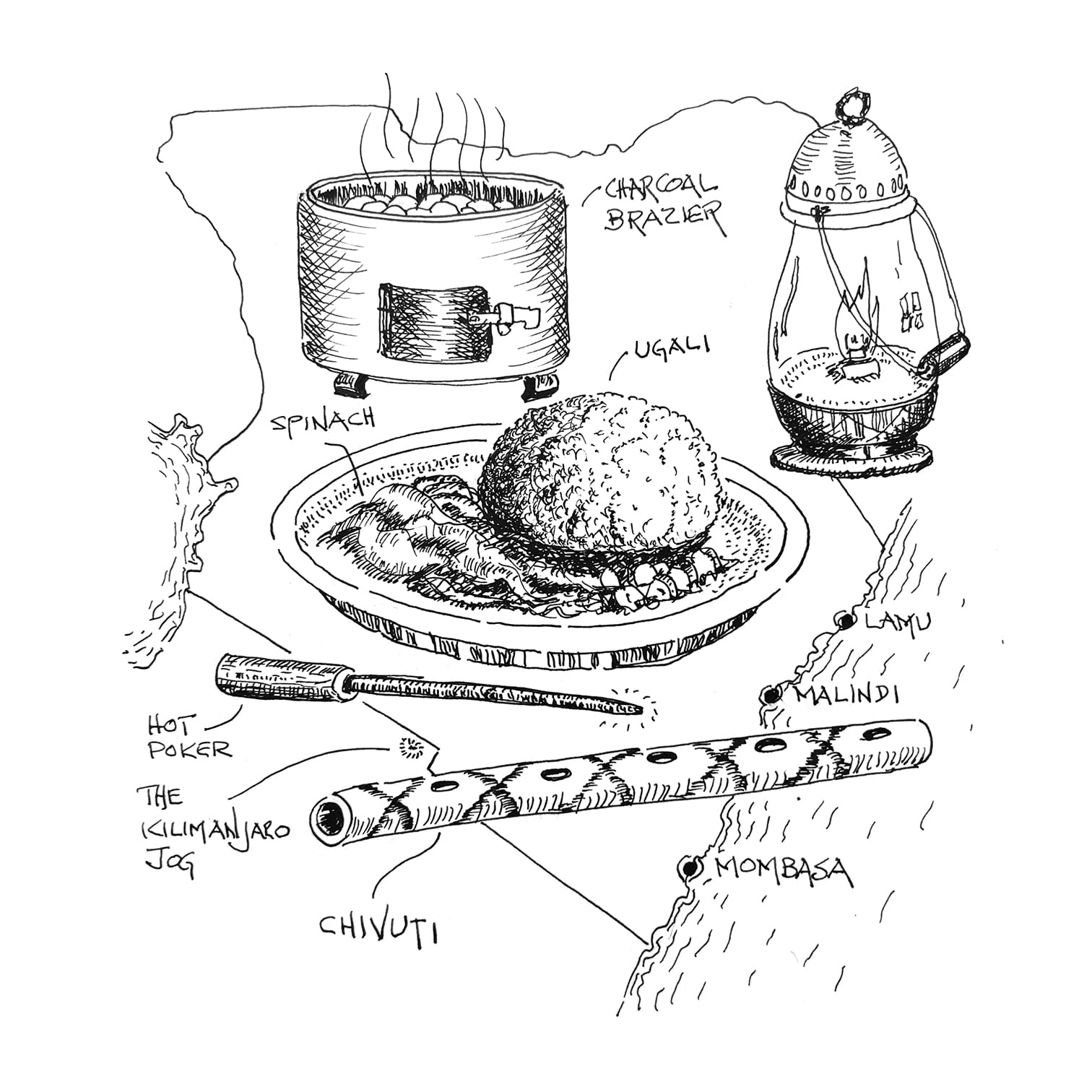
Dim light from a kerosene lantern, the charcoal brazier going, fanning the embers, cooking ugali and spinach curry under the stars and moon. In the palms of our hands, we would make little flat patties of ugali, add some spinach curry and roll them up into small bite-sized balls. Ugali is an earthy no-frills taste experience and it's a staple African dish.
After eating we would make things - kites to fly, mole traps, a working hand-wired electric bell, a large light bulb made with nichrome wire and a jar for a science fair. We made small African flutes called Chivuti (or Chivoti). These were made of bamboo, using a hot iron poker to hollow out the chamber and make the finger holes and of course the very cool decorations. I was lousy at playing the flute, the enchantment of those evenings still lingers.
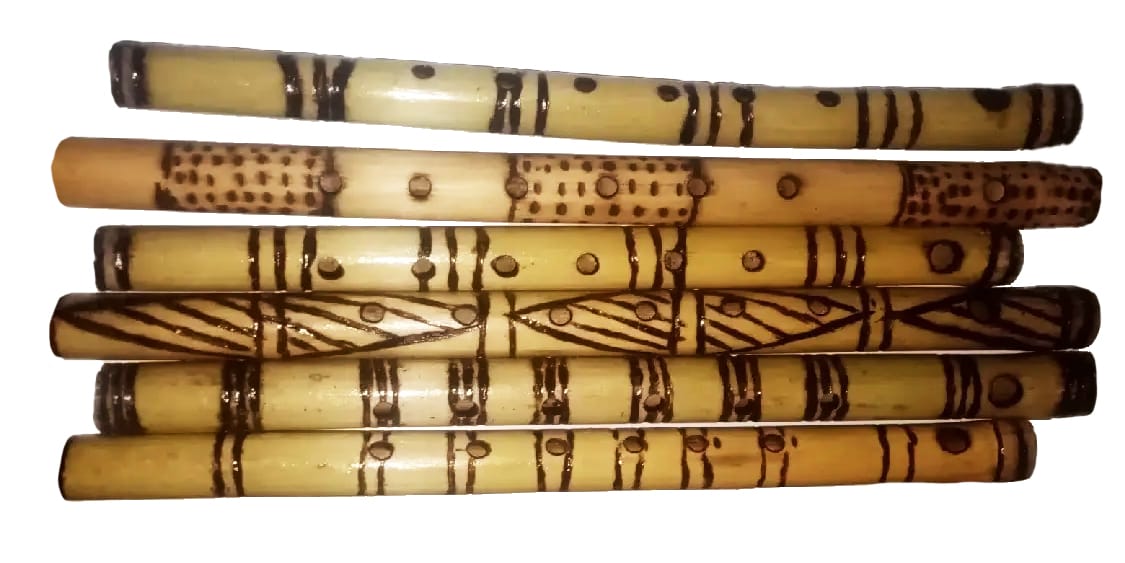
The Kilimanjaro Jog

There's a curious jog on the border between Kenya and Tanzania. This is a legacy of The Berlin Conference of 1884. The jog is an artifact of The Scramble for Africa - the division of the African Continent's people, land and resources among 14 European Nations. Over 14 months (with a break for Christmas - so one nation per month?)
Africa was unceremoniously divvied up exclusively between the participating European Nations. The border between Kenya and Tanganyika was drawn to accommodate the assignment of Mt. Kenya and Mt. Kilimanjaro between two relatives.
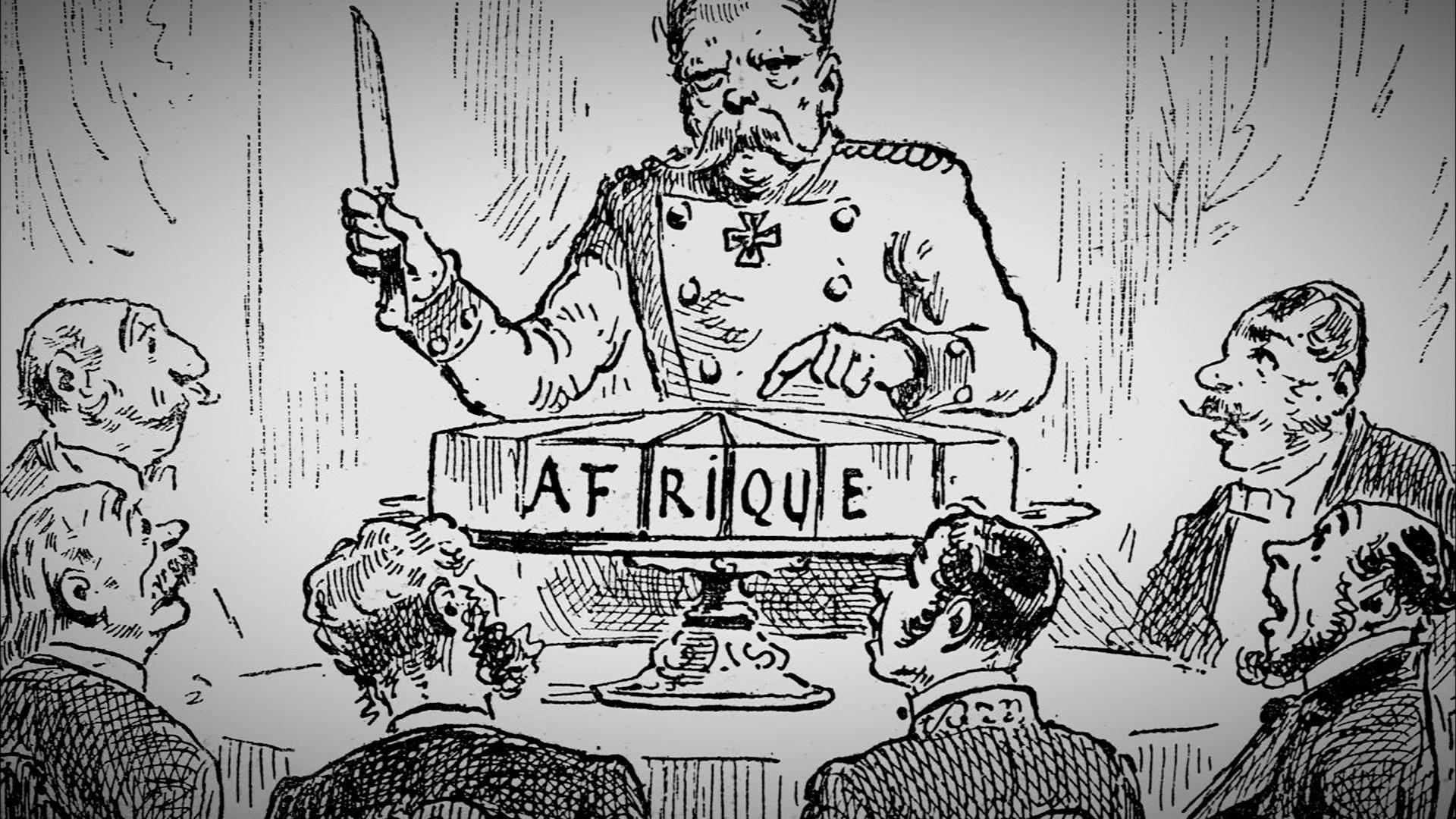
A brief intro to the Berlin Conference and some cruel outcomes.
As always, thanks for reading and indulging!
Share via Email

US Food Administration, 1918. Wikipedia
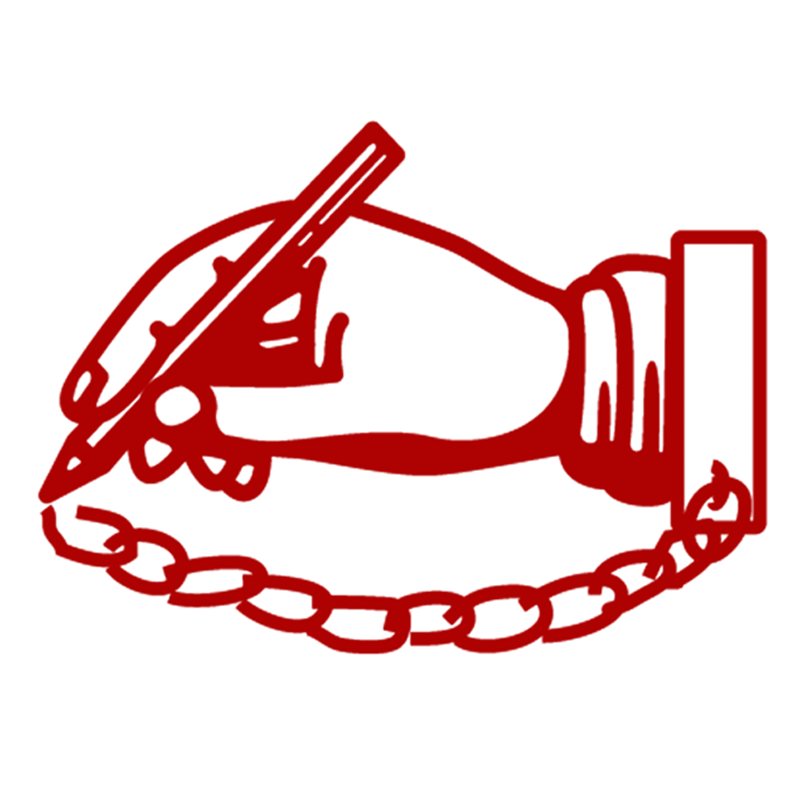
Member discussion